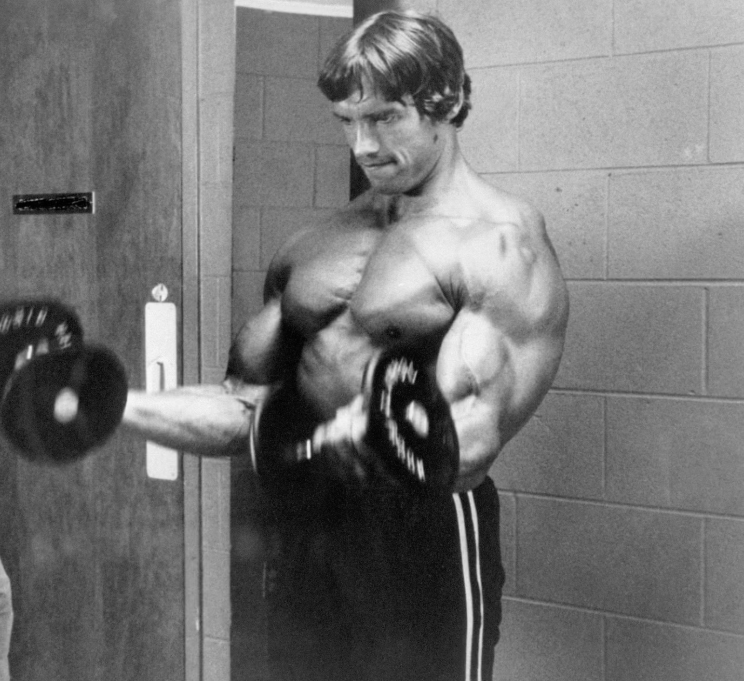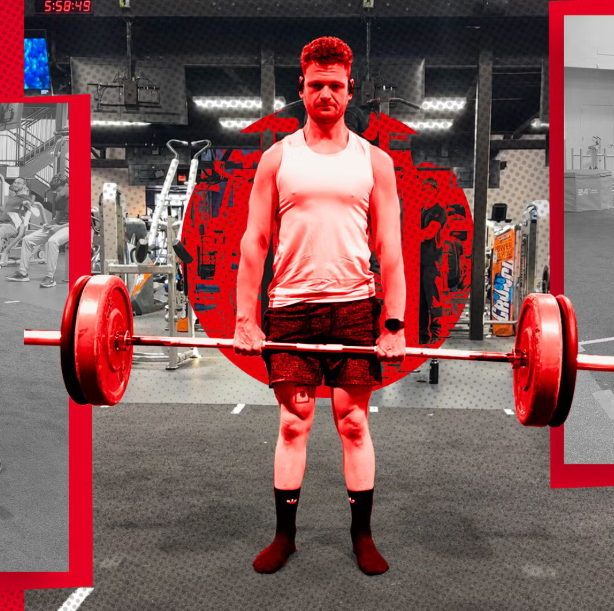Let’s face it, few muscles draw the same attention in our programmes as the biceps. Whether you’re curling heavy or flexing in the mirror, the size of a lifter’s arms has long been seen as a sign of training dedication. And if you’re curling purely for aesthetics, we’re not to judge.
For those who are curious, we’ve uncovered (fairly new) data to show how our arms actually compare to the average man’s. Data from the CDC’s National Health and Nutrition Examination Survey (NHANES), including 19,151 participants in total, has measured men’s midarm circumference across a wide age range. This metric is a reliable measure of overall upper-arm size and muscle mass.
The average male biceps size according to age
Here’s how the averages break down:
20-29 years: 32.3 cm
30-39 years: 33 cm
40-49 years: 33.3 cm
50-59 years: 33.2 cm
60-69 years: 32.8 cm
70-79 years: 31.8 cm
80+ years: 30.7 cm
Converted, that’s roughly 12.7 to 13.1 inches at its peak. Not superhero proportions, but certainly not small.
What do the stats mean?
Midarm circumference is more than aesthetic. It can reflect lean muscle mass, upper-body strength, and even indicators of long-term health according to research published in Clinical Nutrition. If you’re training consistently, keeping track of mid-arm circumference is also a useful way to track physical progress beyond the mirror.
Another study published in PLOS One concluded that a higher mid-arm circumference is associated with a lower risk of mortality in male individuals, with up to 24% lower risk for all-cause mortality.
How to grow your arms
Though they’re important, don’t rely solely on bicep curls in your programme. Include some variety with big compound lifts like chin-ups, rows and presses which work your arms through full ranges of motion with heavier loads. As for isolation moves, include EZ bar curls, preacher curls, hammer curls, with slow controlled eccentrics maximising full range of motion. And don’t forget that your triceps account for most of your upper-arm mass, so neglecting them will limit your gains.

Work in a variety of rep ranges. You can build muscle anywhere between 5 and 30 reps per set, provided you’re training close enough to failure. While the classic 8-12 range is often considered the sweet spot for hypertrophy, incorporating a mix of lower and higher reps can be beneficial.
Make sure you’re generating enough mechanical tension by ending most sets around 3-5 reps short of failure, especially on your heavier or compound lifts. For isolation work like curls, you can push a bit closer to failure safely.
Aim to hit your arms with at least 3-5 direct exercises per week, spread over 10-20 total sets. Adjust volume based on how well you’re recovering and progressing. Get that right, and you’re golden.
Combine the above with adequate protein intake (roughly 1.6 to 2.2 grams per kg of bodyweight), consistent training, and decent sleep, and you’ll be measuring more than average in no time. Whether you’re under, over, or hitting the mark, remember that averages are just a number, and not a marker of your worth in the gym.
This article originally appeared on Men’s Health UK.















